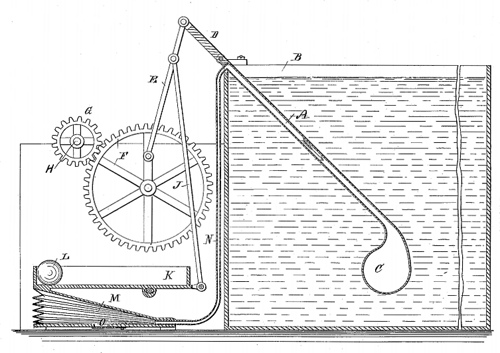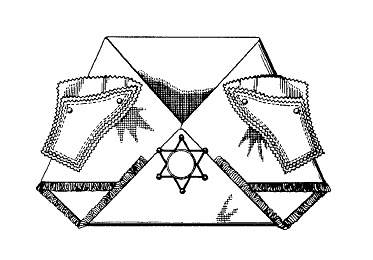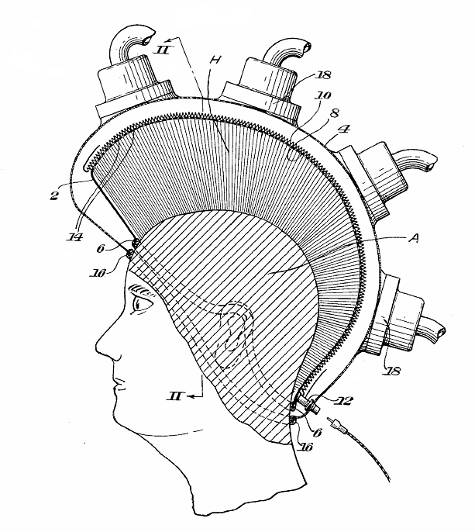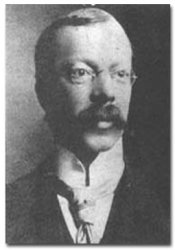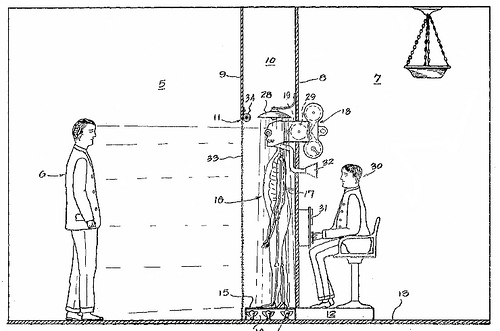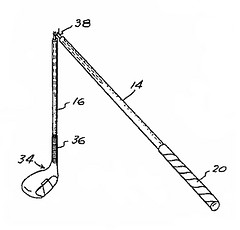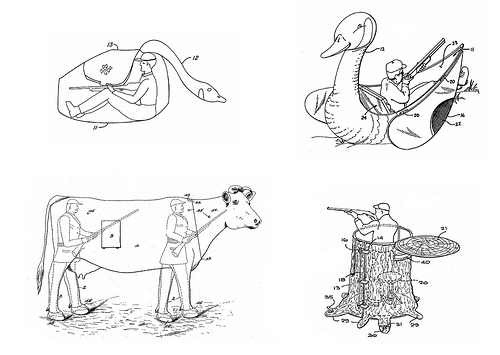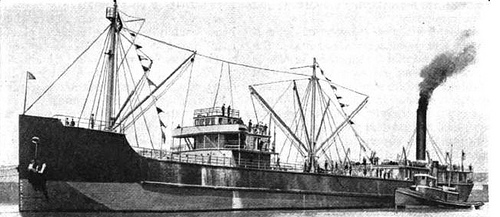Imagine the theatre of the future. … [T]he masses will no doubt go to the theatre much as they do now. Only instead of seeing a company of actors and actresses, more or less mediocre, engaged in the degrading task of repeating time after time the same words, the same gestures, the same actions, they will see the performance of a complete ‘star’ company, as once enacted at its very best, reproduced as often as it may be wanted, the perfected kinetoscope exhibiting the spectacle of the stage, the talking machine and the phonograph (doubtless differentiated) rendering perfectly the voices of the actors and the music of the orchestra. There will be no need for the employment of inferior actors in the small parts. As the production of any play will only demand that it be worked up to the point of perfection and then performed once, there will be no difficulty in securing the most perfect rendering that it is capable of.
— T. Baron Russell, A Hundred Years Hence, 1906

